Subtotal: R700.00
Nano Power 3 Click
R645.00 ex. VAT
Nano Power 3 Click is a compact add-on board that steps down voltages from its input (supply) to output (load). This board features the RPL-3.0-R, a buck converter with an integrated inductor from Recom Power. This thermally-enhanced converter uses, as input, voltage from 4 up to 18VDC, thus allowing 5V and 12V supply rails to be used. The output voltage can be set in the range from 1V up to 4.7V, with a maximum output current of 3A and efficiency of 89%. This Click board™ makes the perfect solution for distributed power architectures, portable equipment in telecom, industrial applications, and more.
Nano Power 3 Click is fully compatible with the mikroBUS™ socket and can be used on any host system supporting the mikroBUS™ standard. It comes with the mikroSDK open-source libraries, offering unparalleled flexibility for evaluation and customization. What sets this Click board™ apart is the groundbreaking ClickID feature, enabling your host system to seamlessly and automatically detect and identify this add-on board.
Stock: Lead-time applicable.
| 5+ | R612.75 |
| 10+ | R580.50 |
| 15+ | R548.25 |
| 20+ | R527.61 |

 Alcohol 3 Click
Alcohol 3 Click 
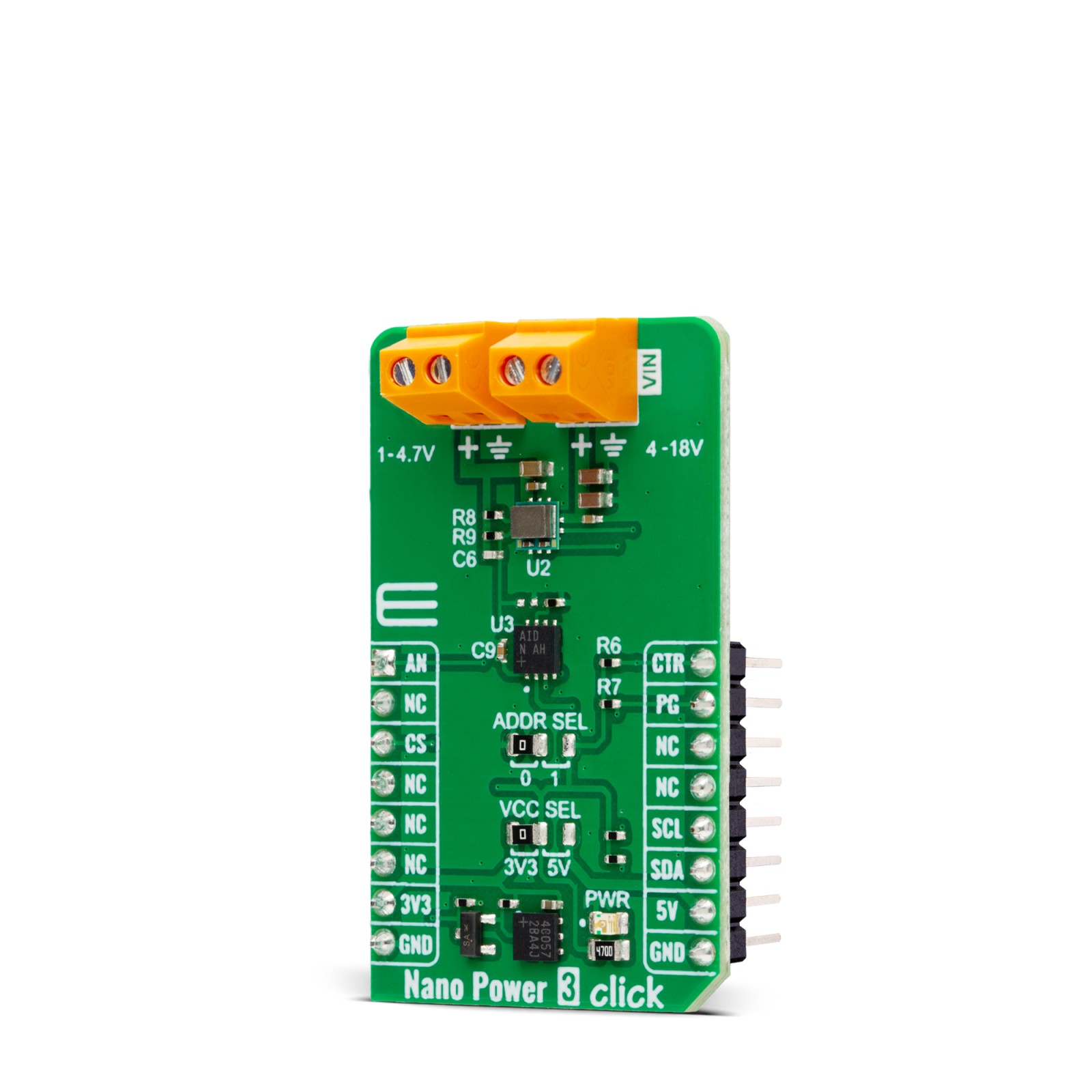

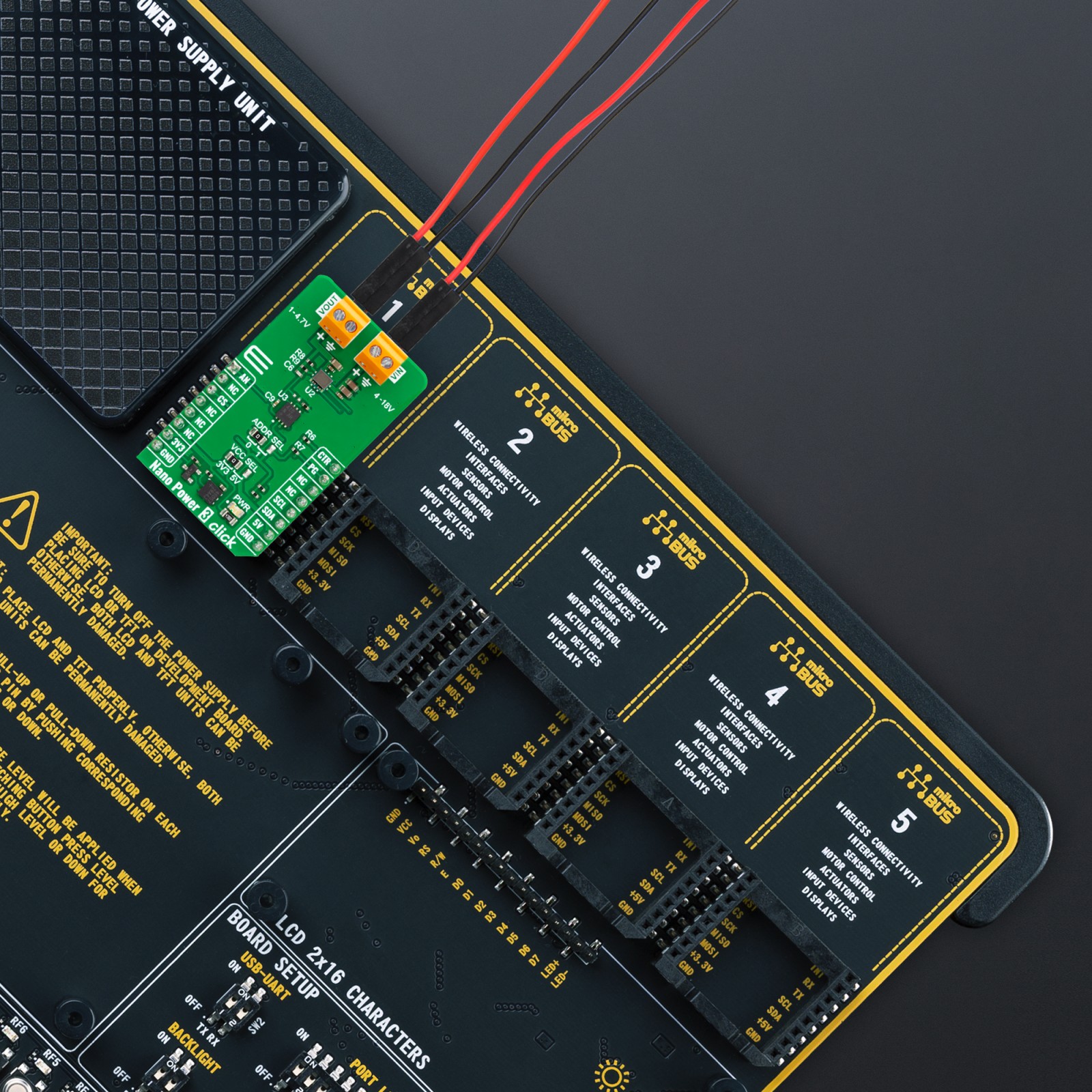



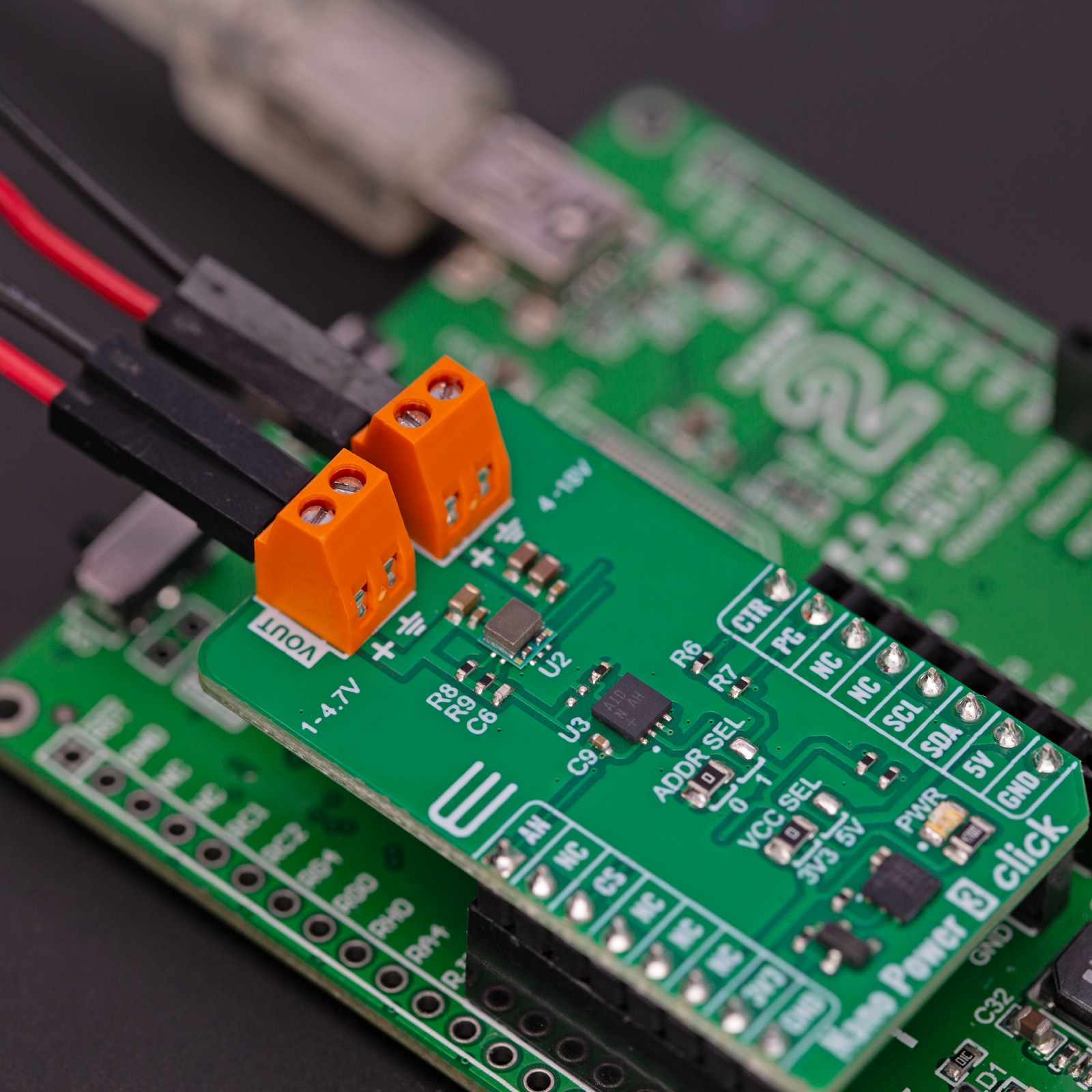
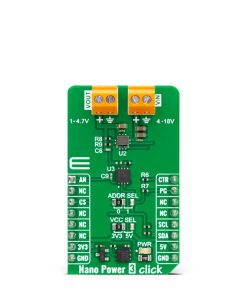
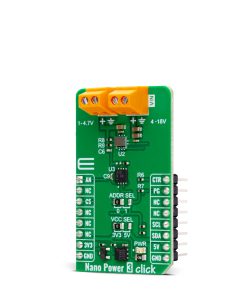
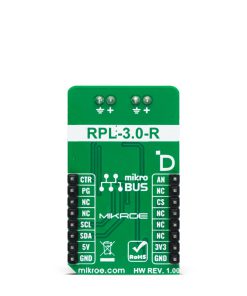
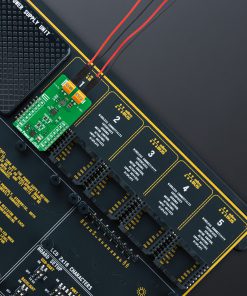
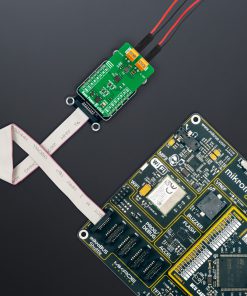
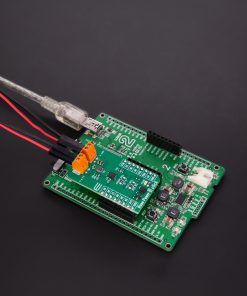
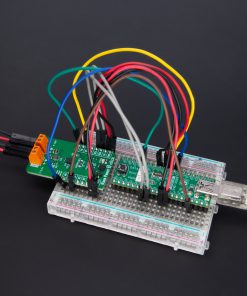
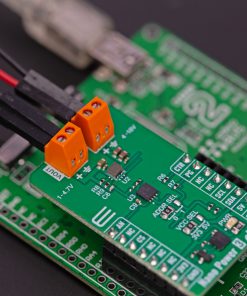
.jpg)







